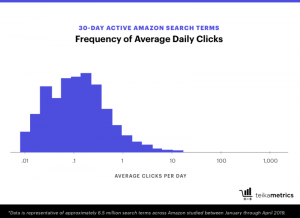We know the drill, you’re a manager with tons of daily and weekly tasks. You already have so much on your plate that the thought of adding one more thing seems a little insane. Meanwhile, you keep hearing about this “ongoing feedback” thing. Would it really be worth your time? Is, feedback that important? Well, actually yes!
Giving employee feedback and direction is one of the best things you can do for a team. Positive or negative, feedback helps workers grow and develop and presents the opportunity for well-deserved recognition. More importantly, employees want to hear what you have to say. Harvard Business Review found that 72% of the employees surveyed thought employee performance would improve if their managers would provide corrective feedback. Offering corrective and ongoing feedback really is the best way to develop high performing employees while opening up a better line of communication.
Not quite sold yet? Check out these 3 ways ongoing feedback can actually eliminate challenges and create amazing performance solutions.
1. It’s Timely And Mistakes Are Fixed Quickly
This one explains itself. The point of ongoing feedback to give feedback on a continuous basis. If managers see something good, bad or even an opportunity for coaching, they can immediately offer information before the situation is over and it loses all relevance. Immediate employee critiques allow employees to adjust approaches and fix mistakes in record time. 43% of highly engaged employees receive feedback at least once a week. Are we starting to see a trend here? Remember to not just provide feedback, but to be specific to the instance, that way employees can have no misconceptions on what needs to be done in the future.
2. It Gives You A Way To Support Employees
Leaders want to be the best for their workforce. When you treat employees right, they may return the favor through dedication and good work. Investing in their development and future career is one of the best ways to inspire productivity and engagement. Ongoing feedback is one of the best tools to offer that career forming opportunity. Employees feel more satisfied, which can lead to a 12% increase in productivity. If a mistake is made, continuous ongoing feedback provides real-time performance correction and on-the-job training opportunities, while presenting managers the chance to remind their workforce just how much they appreciate their work. This will strengthen the trust employees have in the particular manager, but also the employer as a whole. More trust in leadership means more job happiness and a better connection to the organization.
3. It Means No Surprises For The Rest Of Your Days
If you take the time to communicate and offer feedback on a continuous basis, there will be less surprises. For instance, you will know which employees are struggling with particular projects, while also being more aware of which employees understand the concepts of the project and are interested in mentoring peers. The chances of miscommunication between leadership and subordinates diminishes and the lines of better communication replace it. Better understanding on all those fronts will mean better, possibly faster, work. Highly engaged employees are 38% more likely to have above-average productivity, which means the work will be quickly completed and accurate.
The benefits of ongoing feedback surpass just the ones we listed above. From creating simplicity to empowering employees, real-time feedback translates to development of a highly focused and skilled workforce.
Business & Finance Articles on Business 2 Community(43)
Report Post





